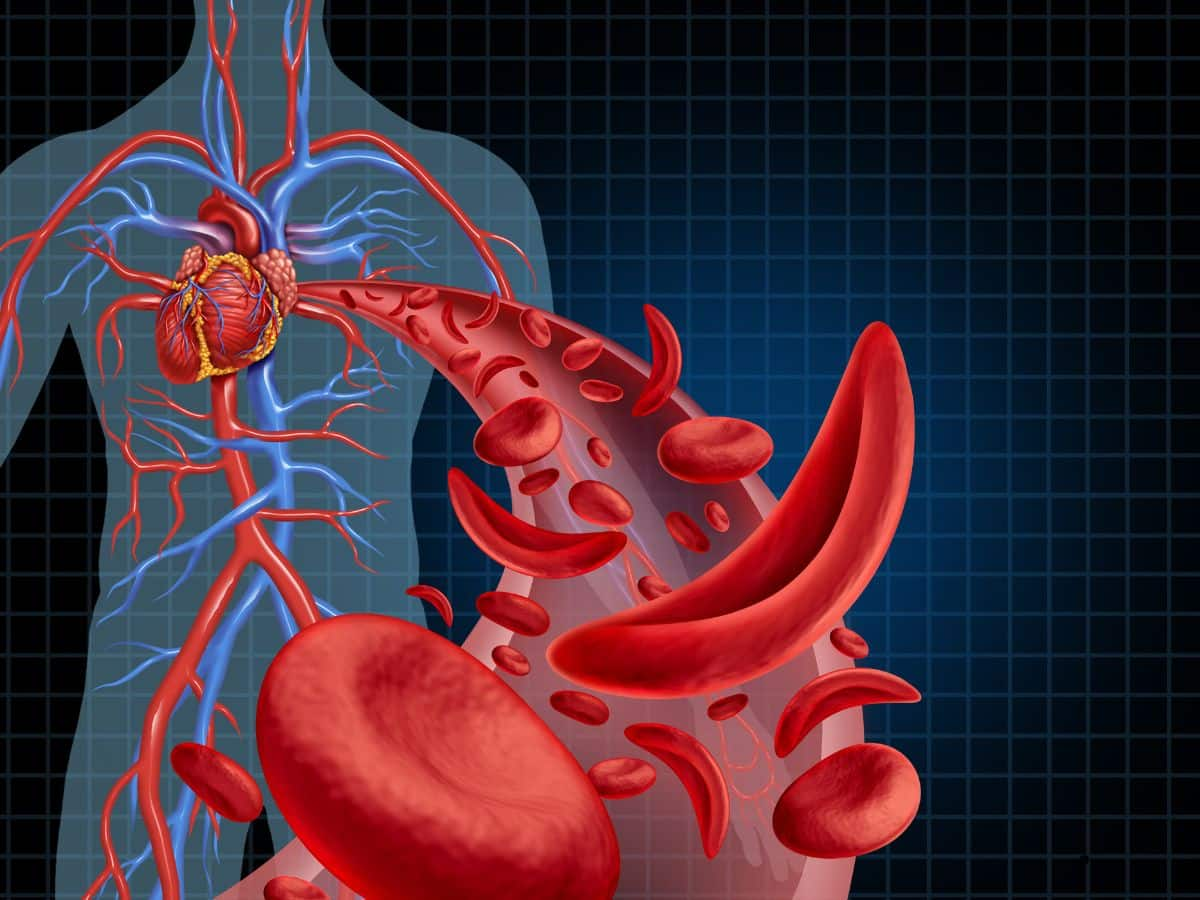World Sickle Cell Day 2024: Learn essential information about this inherited blood cell disorder, its symptoms, causes, and management strategies. Sickle cell disease is a group of genetic disorders, affecting haemoglobin and the protein that carries oxygen in the blood. Usually, it affects red blood cells.
Red blood cells are flexible and allow themselves to move through blood vessels due to their disc-like structure. But in Sickle cell disease, they become half-moon shaped due to the genetic mutation, resulting in blockage of blood flow. These blockages can cause serious health issues like infection, eye problems, stroke, etc.

It is a lifelong health condition until they get cured after a successful bone marrow transplant. In 2023, the U.S.
FDA approved two new treatment processes where one adds genes to the body and the other works to modify the existing one. Several researchers continued to find the different angles of gene therapy with some other treatment that has the potential to reduce symptoms and increase life span. The one who has this blood cell disorder gets a plan to manage the condition to reduce symptoms.
This article will provide insight into some early signs and symptoms to identify sickle cell disease early. Early Signs and Symptoms of Sickle Cell Disease Certain groups of people are more likely to develop sickle cell diseases such as African Americans, Hispanic Americans from South and Central America, people from the Mediterranean, Indian, and Middle East.























